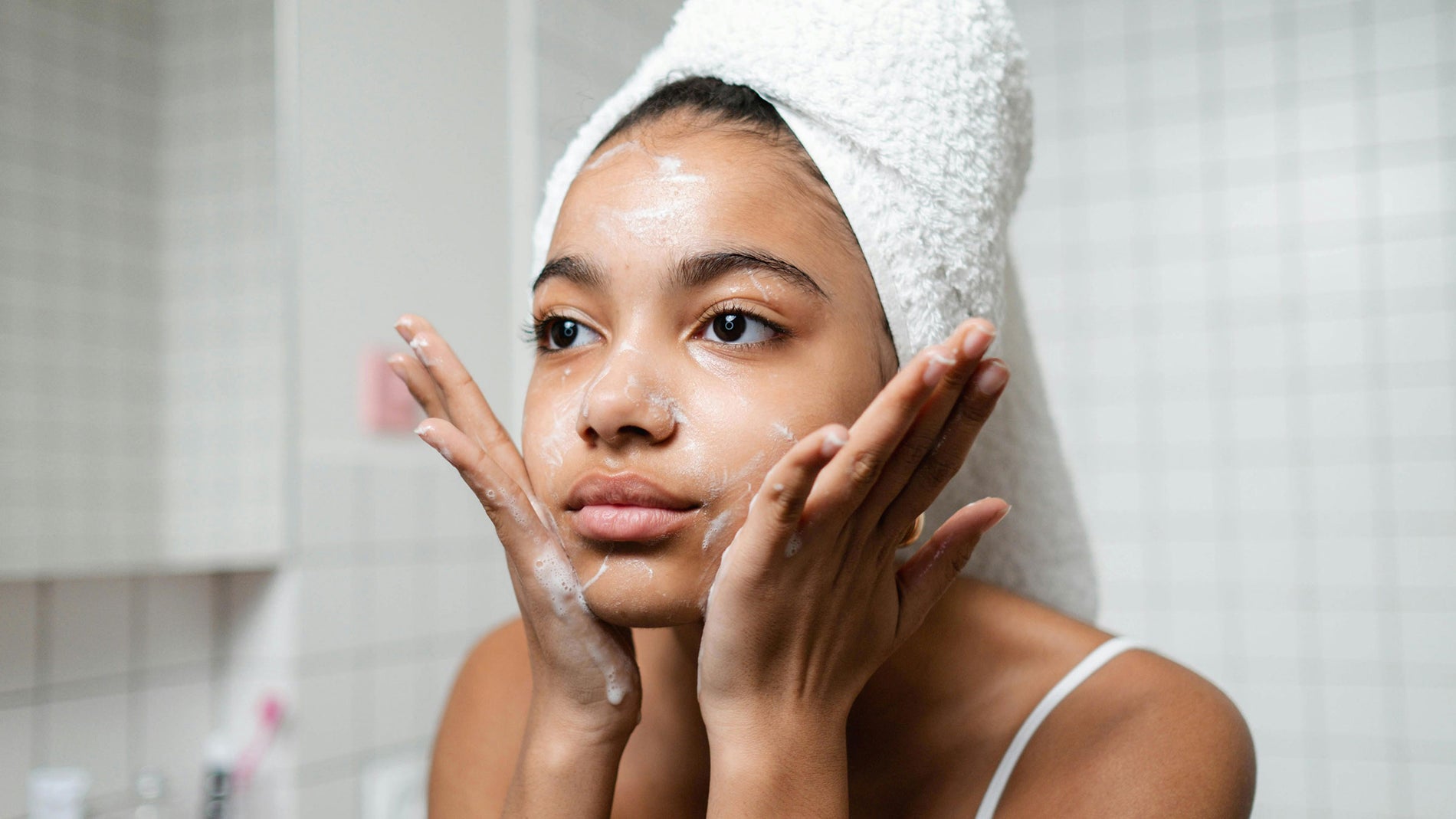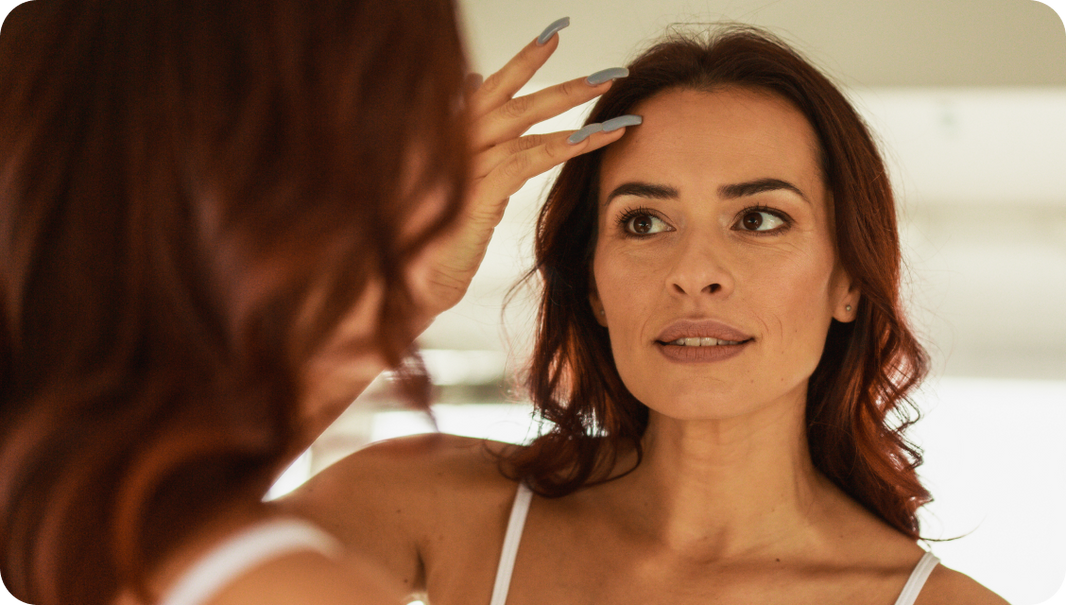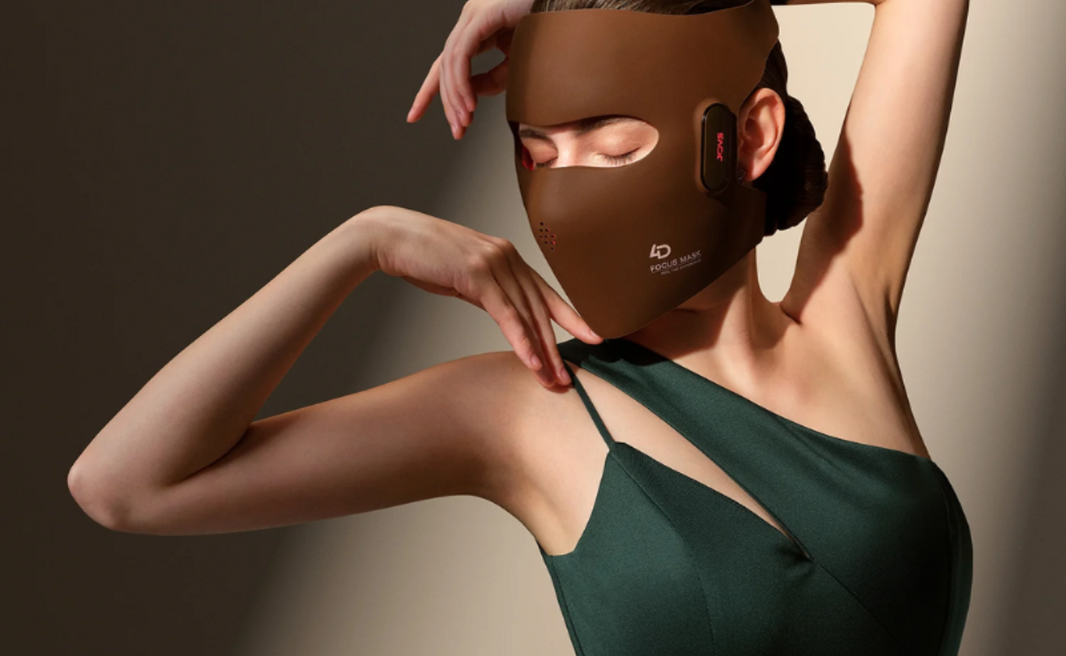Red light therapy is a widely recognized skincare treatment that helps improve skin by boosting collagen production, enhancing texture, and reducing the visible signs of aging. What you apply afterward matters just as much as the therapy. Proper post-treatment care ensures that you get the most out of each session, helping to maintain healthy, glowing skin.
In this blog, we will explore the best practices for post-red light therapy skincare, including the optimal products to apply, what to avoid, and how to maintain long-term results.
Immediate Post-Treatment Care
After a red light therapy session, your skin's cells are in an activated state. The therapy stimulates increased blood flow and cellular regeneration, making the skin more absorbent and receptive to treatments. This enhanced cellular activity means that your skin can better absorb active ingredients, making it important to apply the right products. However, the skin may also be slightly more sensitive due to the increased circulation and cell turnover. This requires using gentle products that won't disrupt the natural skin barrier.

Cleanse Gently
Start by using a mild, non-irritating cleanser to remove any impurities, sweat, or residual products from your skin. Since your skin may be more vulnerable after red light therapy, it's crucial to avoid harsh cleansers that strip away natural oils. Instead, use a gentle formula that maintains the skin's moisture balance and doesn’t compromise the protective barrier.
Recommended Cleanser:
Look for sulfate-free cleansers that are free from harsh chemicals. These will effectively cleanse the skin without disrupting its natural lipid layer, ensuring that the skin barrier remains intact and capable of retaining moisture after the treatment.
Hydration and Moisturization
After a red light therapy session, your skin may lose some moisture, and replenishing this is crucial to maintain hydration and improve recovery. Hydrating serums and moisturizers play a vital role in helping the skin regain its natural moisture levels, reduce redness, and combat dryness.
1. Apply a Hydrating Serum
Hydrating Serums: These serums work by delivering moisture deep into the skin. They are ideal post-therapy because the skin is more absorbent and can benefit greatly from a concentrated hydration boost.
-
Hyaluronic Acid: This ingredient is highly efficient in moisturizing the skin. It holds up to 1,000 times its weight in water, delivering intense hydration to the skin. After red light therapy, hyaluronic acid helps to restore plumpness, smooth out fine lines, and promote elasticity.
-
Niacinamide (Vitamin B3): This ingredient is highly beneficial for calming post-therapy skin. It helps reduce inflammation, enhances skin barrier function, and maintains hydration. Niacinamide also supports the skin’s natural healing processes, making it an excellent choice after red light therapy.
Scientific Reason: Red light therapy increases cellular activity and improves skin permeability, allowing active ingredients like hyaluronic acid to penetrate more effectively. The enhanced absorption helps deliver hydration to the skin’s deeper layers, preventing dehydration and keeping the skin supple.
2. Use a Moisturizer
Moisturizer: Once you’ve used a hydrating serum, it's important to follow up with a thick moisturizer. This helps trap moisture, keeping your skin shielded all day and stopping dehydration.
Key Ingredients: Look for moisturizers containing ceramides and peptides. Ceramides help reinforce the skin’s barrier, which may have been slightly compromised during therapy. Peptides help stimulate collagen growth, enhancing the collagen-boosting impact of red light therapy.
Scientific Reason: The skin’s natural barrier may be more vulnerable post-treatment, and ceramides help restore its protective function. Peptides enhance collagen synthesis, promoting skin firmness and elasticity, which synergizes with red light therapy's ability to stimulate collagen production.
Sunscreen Application
After red light therapy, your skin becomes more vulnerable to UV radiation due to its heightened state of regeneration. Applying sunscreen is essential to shield your skin from damaging UV rays. Skipping this step can undo the positive effects of the treatment.
- Why it's Important: Red light therapy accelerates cellular renewal and collagen production, but without protection, newly exposed skin cells are more prone to UV damage. Sun exposure can cause premature aging and pigmentation, reversing the positive effects of the therapy.
Scientific Reason: Ultraviolet (UV) light, particularly UVA and UVB rays, breaks down collagen and elastin fibers, leading to signs of aging such as wrinkles and dark spots. Applying sunscreen with at least SPF 30 forms a protective layer, shielding the skin from UV-induced damage.
Serums and Ingredients to Boost Results
To enhance the benefits of red light therapy, certain serums can further target skin concerns. These serums contain active ingredients that address specific skin issues and work synergistically with red light therapy to provide better results.
1. Vitamin C Serum (Use in the Morning)
Vitamin C: This potent antioxidant enhances skin radiance. It helps fade dark spots and shields the skin from environmental damage. When applied after red light therapy, it can amplify the treatment’s effects by neutralizing free radicals and promoting an even complexion.
Scientific Reason: Vitamin C scavenges free radicals, protecting skin cells from oxidative stress that can degrade collagen. Combined with red light therapy, which already boosts collagen synthesis, Vitamin C ensures that collagen production is maximized while maintaining skin health.
2. Peptide Serums
Peptides: These tiny proteins prompt the skin to generate more collagen and elastin. This helps enhance the skin's texture and strengthens its resilience. Peptide serums are particularly beneficial for increasing skin firmness and reducing fine lines.
Scientific Reason: Red light therapy activates fibroblasts. These are the cells that generate collagen. Peptides further stimulate these fibroblasts, enhancing the effects of the therapy by promoting continuous collagen production, which results in firmer, more youthful skin over time.
3. Antioxidant Serums
Antioxidants: Serums containing antioxidants like green tea extract or coenzyme Q10 protect the skin from oxidative damage, which can occur as the skin regenerates. Antioxidants help repair the skin and maintain a healthy, radiant appearance.
Scientific Reason: During the skin's healing process post-red light therapy, oxidative stress can slow down recovery. Antioxidants combat free radicals. This helps the skin heal faster. This extends the positive effects of the therapy by reducing inflammation and promoting even skin tone.
What to Avoid After Red Light Therapy
To ensure you achieve the maximum benefit from your red light therapy, it's important to avoid certain products and ingredients that can irritate the skin or interfere with the treatment.
1. Retinoids and Exfoliants
Avoid Retinoids and Strong Exfoliants: Retinol, tretinoin, and chemical exfoliants like AHAs and BHAs should not be used immediately after red light therapy. These products can irritate the skin, leading to redness and increased sensitivity.
Scientific Reason: Red light therapy already accelerates cell turnover, and using retinoids or exfoliants can result in over-exfoliation. This may lead to skin irritation and acne. It can also weaken the skin's protective layer, causing the skin to take longer to recover.
2. Strong Active Ingredients
Be Cautious with Active Ingredients: High concentrations of ingredients like Vitamin C or Lactic Acid should be introduced gradually. Applying them immediately after therapy can increase skin sensitivity and cause irritation.
3. Fragrance or Alcohol-Based Products
Avoid Fragrances and Alcohol: Products containing alcohol or artificial fragrances can dry out or irritate the skin, especially post-treatment. Choose products that are free of fragrance and alcohol to prevent irritation.
4. Avoid Immediate Sun Exposure
Sun Exposure: Without adequate sun protection, your skin is more prone to UV damage after red light therapy. Always apply sunscreen before stepping outdoors to prevent sunburn and pigmentation.
General Tips for Long-Term Care
For long-lasting benefits, consistency in your skincare routine is key. Red light therapy can provide significant improvements, but to maintain the results, ensure that you hydrate, protect, and nourish your skin regularly. Observe how your skin responds after each session. Modify your skincare products as needed to achieve optimal outcomes.
Conclusion
In conclusion, post-red light therapy skincare requires a thoughtful approach to enhance the treatment's benefits. Hydration, protection, and the use of collagen-boosting ingredients are essential, while avoiding harsh or irritating products is just as important.
For an effective at-home treatment, the JOVS 4D Laser Light Therapy Mask is an excellent option, providing professional-grade results. With a customized skincare regimen, you enhance the results of red light therapy, helping achieve lasting benefits for your skin’s health and look.
FAQs
-
Can I wear makeup immediately after red light therapy?
It’s a good idea to skip makeup right after red light therapy. Let your skin rest before applying any products. Your skin is more absorbent post-treatment, so give it time to breathe before applying any products. -
What skincare ingredients work best with red light therapy?
Ingredients like hyaluronic acid, peptides, and antioxidants pair well with red light therapy, enhancing hydration and collagen production. -
How frequently should I use red light therapy?
For optimal results, use red light therapy 3-5 times a week, depending on your skin's sensitivity and how it responds to the treatment.








